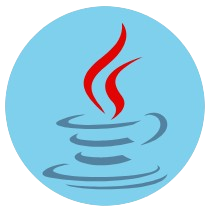Java Introduction
What is JAVA
Java is a widely used, high-level, general-purpose programming language that was created at Sun Microsystems. It was developed by James Gosling in 1995. Java is utilized in developing a broad spectrum of applications, ranging from mobile and web applications to desktop applications.
JAVA Features:
- Easy to Learn: Java is easy to learn, easy to read.
- Platform Independent: Java is often referred to as a "write once, run anywhere" language. This means that once the code is written, it may be run on any software or hardware system.
- Object-Oriented Programming: Java is an object-oriented programming language, and what this implies is that it focuses on the utilization of objects and classes in organizing code.
- Portable: Java programs are extremely portable as they can execute on any platform having a suitable JVM.
- Robust: The design of Java features strong type checking, exception handling, and garbage collection to allow developers to develop robust and fault-free programs.
- Multi-threaded: Java has support for multithreading so that developers can write programs with the capability of running several tasks at once.
- High-performance: Java programs can be made to have good performance with the addition of features such as the Just-In-Time (JIT) compiler and other optimizations.

